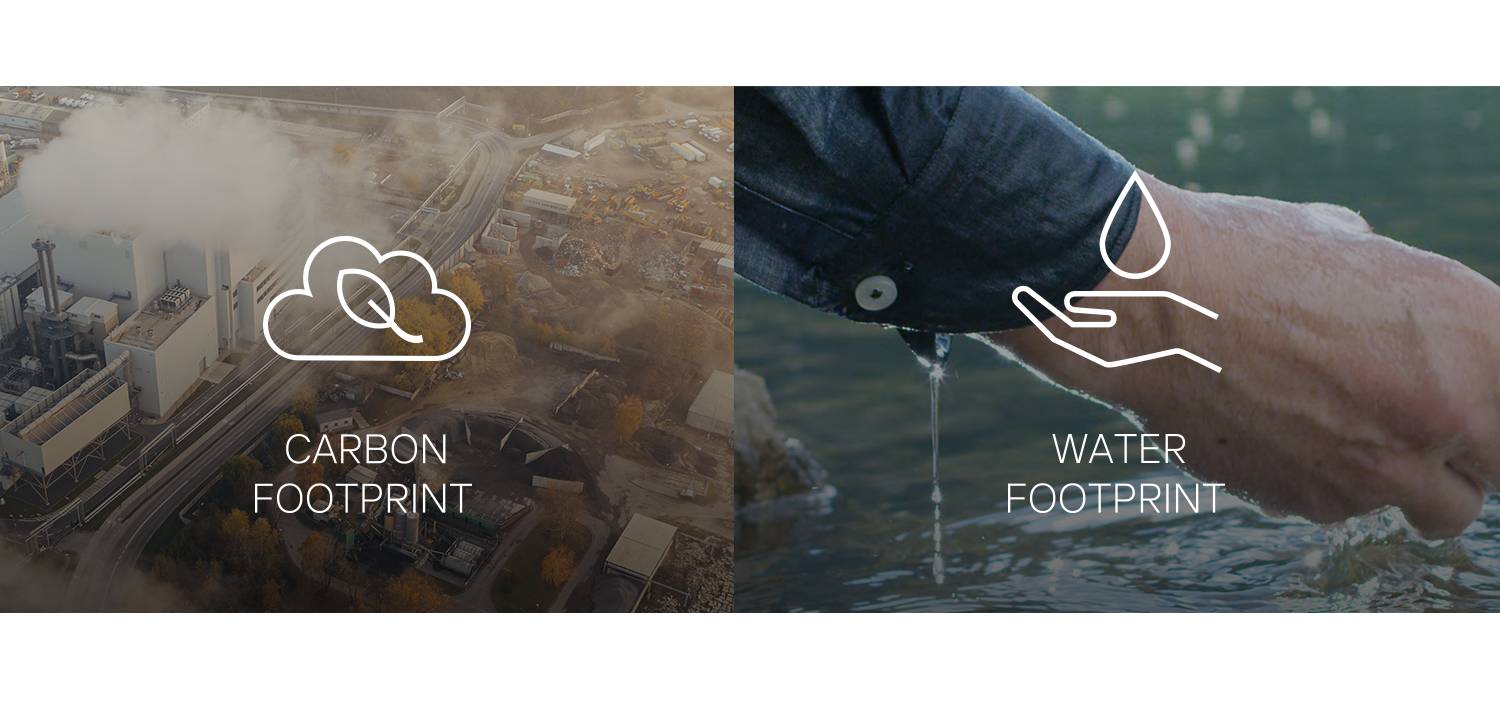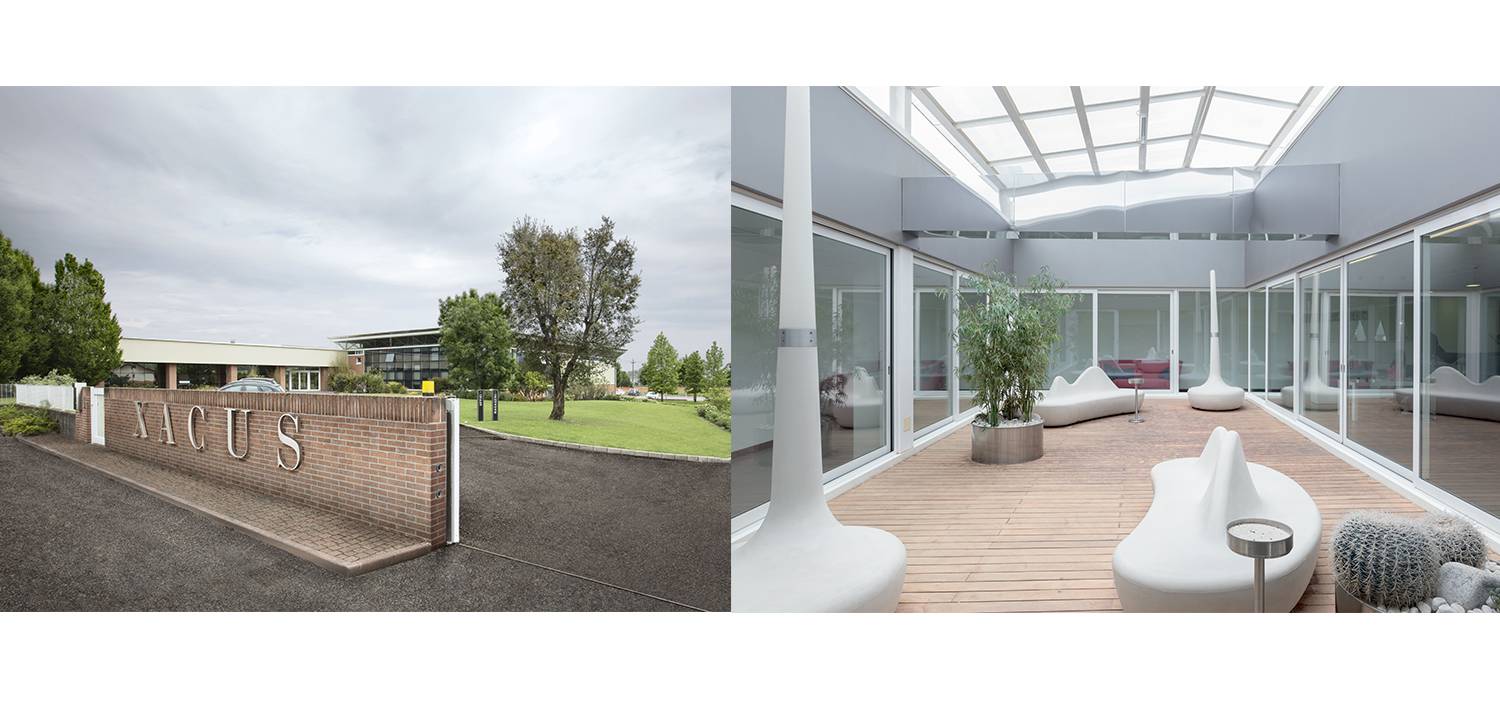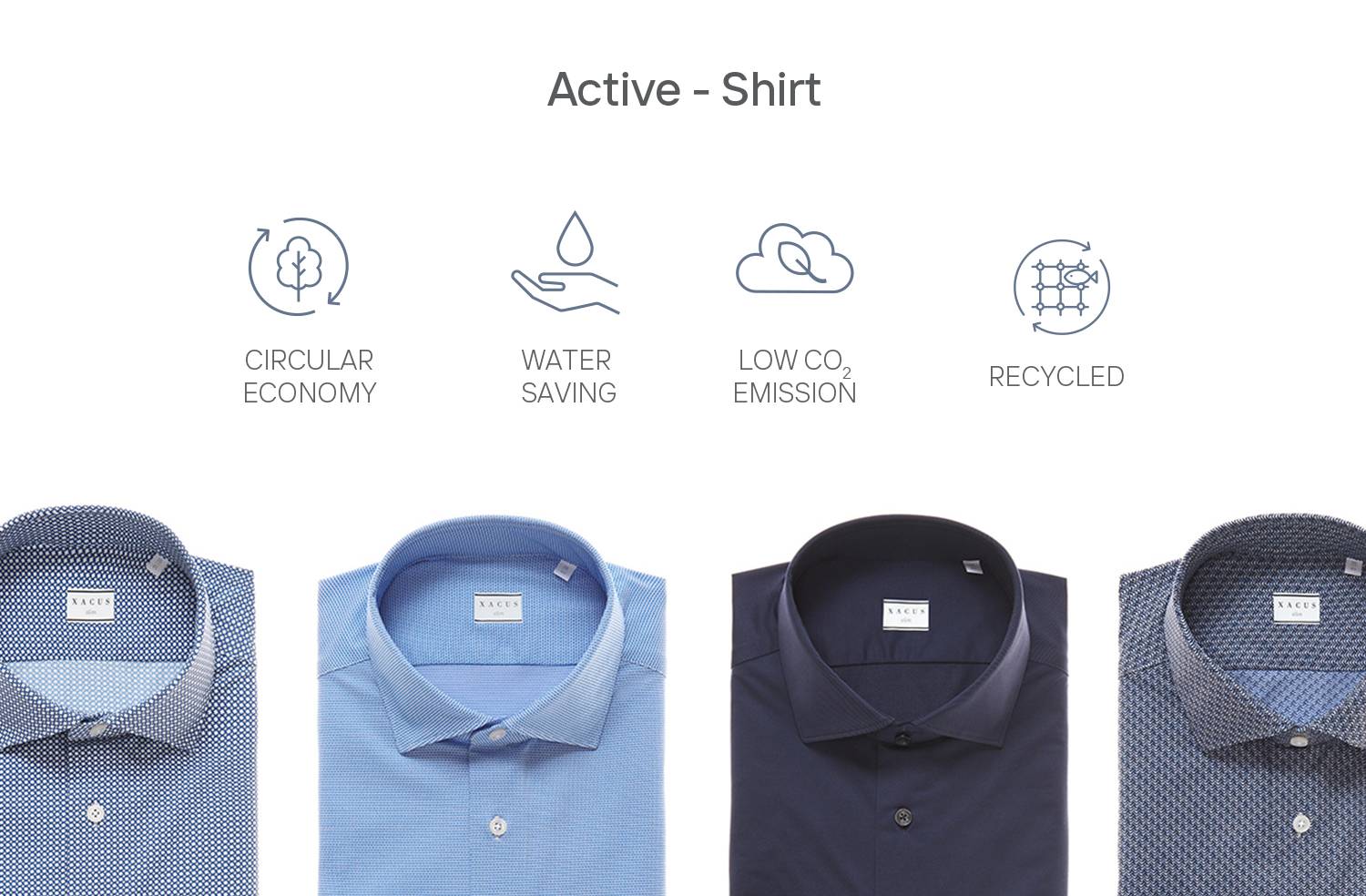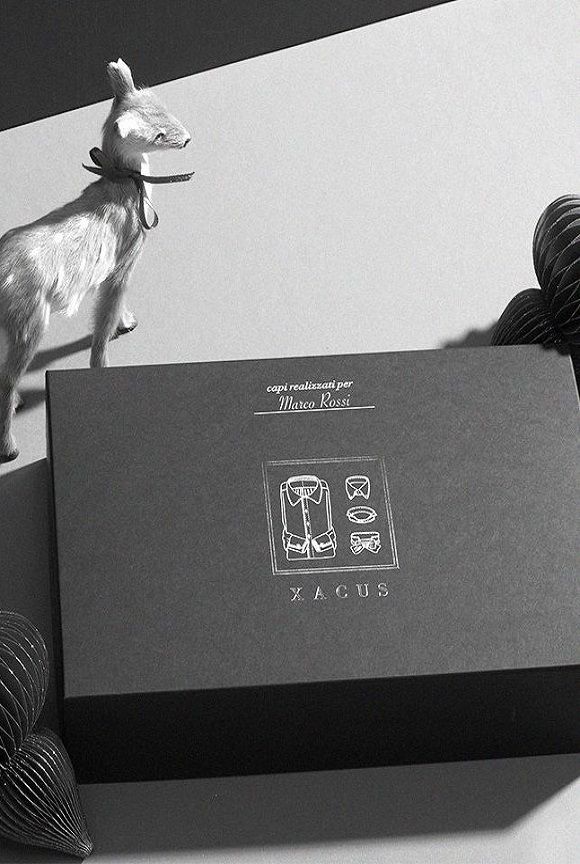Topics relating to safeguarding of our planet, respecting nature and protecting people are increasingly current affairs topics, an area that is even more apt given the current situation linked to Covid-19. A challenge that brings us to choose ecosustainable clothing more frequently, paying attention to solutions that include the recycling of materials, the ban on using harmful chemicals, a stop to the destruction of natural habitats and the protection of threatened species. A challenge that involves the entire fashion sector and that Xacus has been continuing for years, in a transition towards a more sustainable, circular and green economy.


The concepts of Carbon and Water Footprint.
When we think about the production of an item of clothing, we need to consider the work of a lot of people in the supply chain and the various stages in the process have an environmental impact that is often underestimated. If we think for a moment about the production of cotton, which is the the most common non-food cultivation, and provides work for over 250 million people around the world, with a significant impact on our environment. To calculate how much each garment affects our ecosystem, there are two main indicators: Carbon Footprintand Water Footprint.
The Carbon Footprint is a measurement which expresses total greenhouse gas emissions in CO2 that are directly or indirectly associated with a product, and for this reason, the raw materials and energy used in the production cycle must be identified and quantified. This quality index is seen by clients to be an indicator of the sustainability of products and companies that are increasingly working for the reduction of emissions through low carbon content processes and technologies.


The Water Footprint is an indicator of fresh water consumption which includes both direct and indirect use to create a given product. The water footprint is defined as the total volume of water used and polluted to create an item of clothing. Water Footprint management and optimisation is developed in 3 main stages: quantification and location of the production process’s water footprint, the evaluation of environmental, social and economic sustainability and lastly identification of the best strategies for reducing water consumption.
Xacus is a brand that has always paid attention to environmental sustainability. That is why we constantly try to optimise our production processes, choosing more sustainable materials and establishing supply chain and raw material traceability in order to minimise the impact of our products on the environment.
Find out more in this article about our circular production model.


